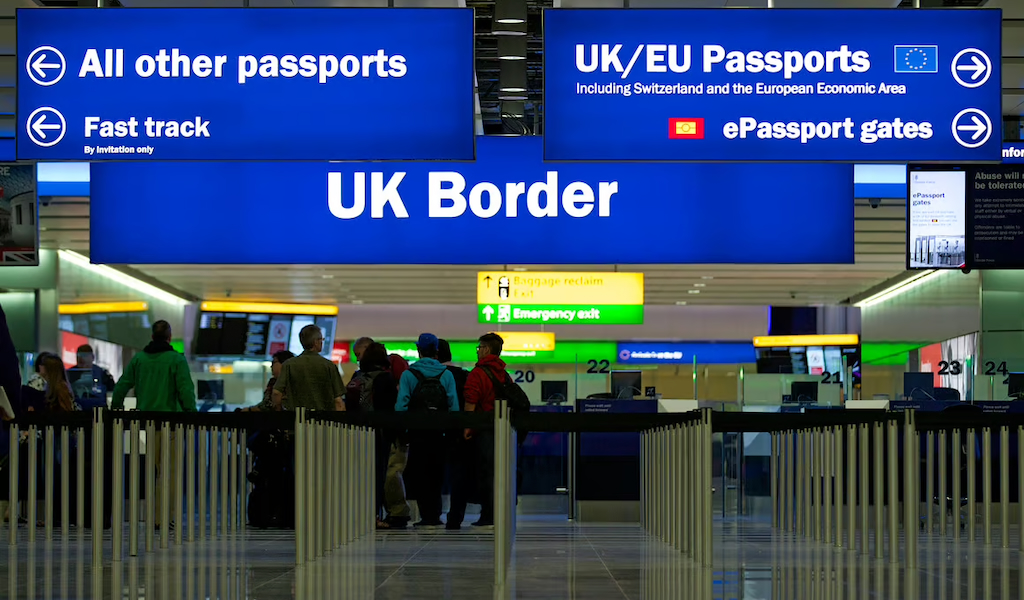The immigration policy of the United Kingdom has undergone significant changes since the end of World War II in 1945. Initially, the doors were relatively open, particularly to citizens of the former British Empire, but over the decades, a series of legislative acts have progressively tightened the UK’s stance on immigration. This tightening has often been at the expense of citizens from former colonies who sought to enter the UK, reflecting a journey from a policy of inclusion to one of restriction and selectivity.
The Post-War Boom and Open Doors
The immediate post-war period marked a time of labor shortages in the UK, leading to the British Nationality Act of 1948. This act established the status of “Citizen of the United Kingdom and Colonies” (CUKC), effectively granting citizens of Commonwealth countries the same rights to live and work in the UK as British citizens. It was a gesture of openness and unity, reflecting the British Empire’s commonwealth ideal. The iconic arrival of the ship Empire Windrush in 1948, bringing the first large group of Caribbean migrants to the UK, symbolizes this era.
The Beginning of Restrictions
However, this open policy did not last. By the early 1960s, public and political attitudes towards immigration began to shift, leading to the introduction of the Commonwealth Immigrants Act 1962. This act was the first significant piece of legislation to impose immigration controls, requiring employment vouchers for Commonwealth citizens. Its primary aim was to reduce immigration from non-white countries, marking a significant shift towards selective admission based on race and economic utility.
Further Tightening
The Immigration Act 1971 and the British Nationality Act 1981 further tightened controls, essentially ending the automatic right of Commonwealth citizens to live in the UK. These acts introduced the concept of patriality, where only those with a parent or grandparent born in the UK could claim the right to live in the UK. The 1981 Act also redefined British citizenship, effectively creating a distinction between those born inside and outside the UK. These changes reflected a growing concern over immigration and were perceived as racially motivated, aiming to curb the entry of Black and Asian Commonwealth citizens.
The Modern Era: Points-Based System and Brexit
The turn of the century saw the introduction of the points-based immigration system, which aimed to streamline immigration by focusing on skills and qualifications. However, the most significant recent change in UK immigration policy came with Brexit in 2016. The decision to leave the European Union was partly motivated by desires to regain control over UK borders and reduce immigration. Post-Brexit policies have ended the free movement of EU citizens into the UK, imposing a new system that treats EU and non-EU immigrants under the same rules.
Conclusion
The evolution of UK immigration policy since 1945 highlights a gradual shift from an open-door policy for Commonwealth citizens to a more restrictive approach. This transformation reflects changing economic needs, political pressures, and societal attitudes towards race and identity. The legislative hurdles erected to limit immigration from former colonies have had profound effects on the lives of countless individuals seeking a new life in the UK. As the UK continues to redefine its place in the global community, its immigration policies remain a contentious and evolving issue, reflecting deeper debates about nationality, belonging, and diversity.
Cover image: Politico
Note: This text was created by an AI and checked for accuracy by me. Where appropriate, I have added links to various sources and ensured these to be ok. Where the text may be considered to be less than objective, these instances reflect my own views/opinion and I am happy to discuss these with you. You have a right to your own opinion and to find your own sources to support it.
